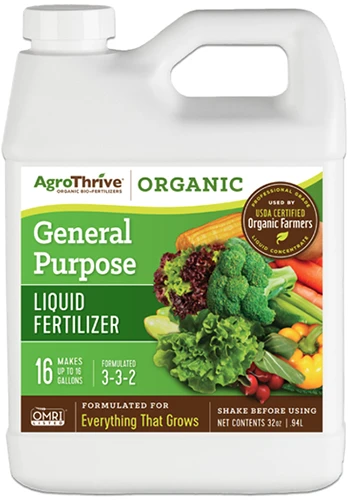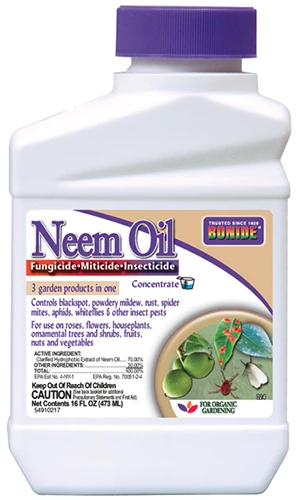Even when the cases begin to get shorter, there’s nonetheless tons you’ll do to assist lengthen the summer season season season and protect your yard attempting good till fall entails go and winter gadgets in.
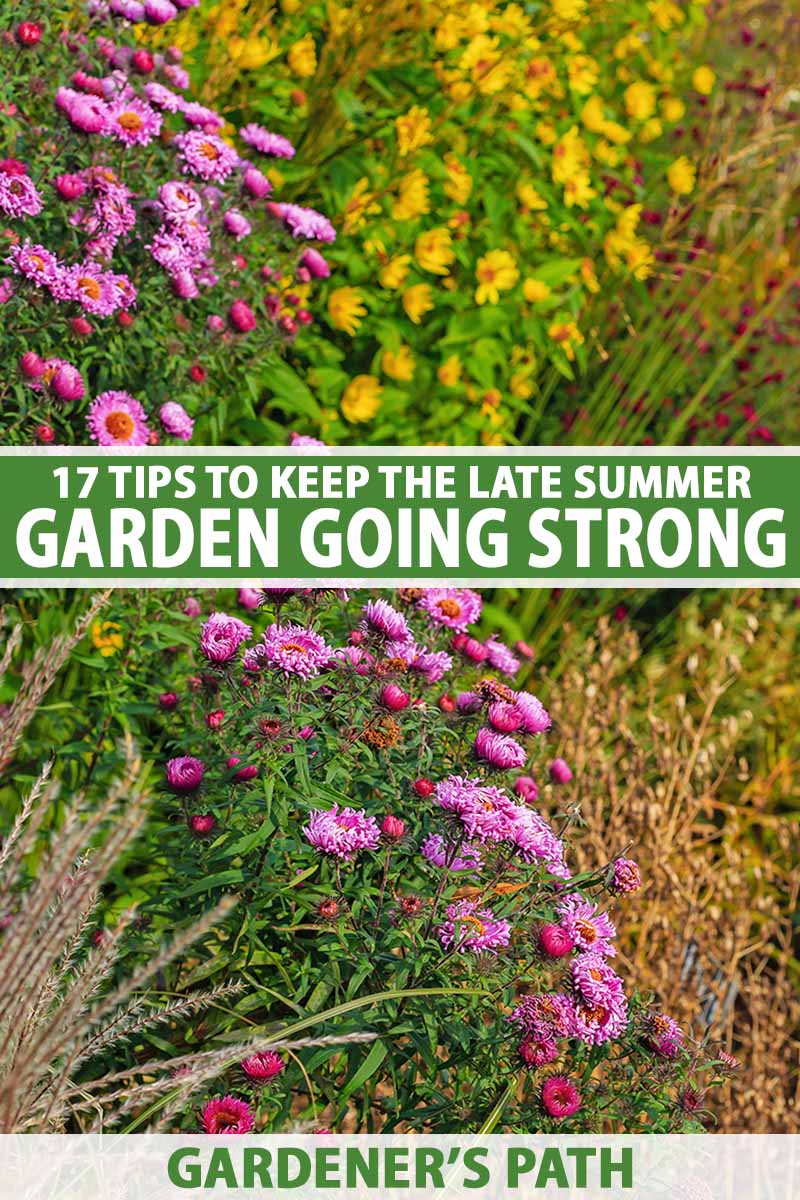

We hyperlink to distributors which will present you methods to uncover related merchandise. Do you need to purchase from positively definitely one in all our hyperlinks, we would earn a cost.
There are crops to reap, perennials to divide, seeds to gather, and the entire gadgets wants water on account of the rising season strikes on.
And that makes August and September a time for repairs, propagation, and maintenance contained in the Northern Hemisphere.
To care for your yard attempting good now and all yr prolonged, be a part of us for a try 17 strategies to care for your late summer season season yard going sturdy!
Correct proper right here’s the place this yard path leads…
17 Methods for Your Late Summer season season Yard
Right, let’s get into the following recommendations and so that you simply most likely can see why they’re essential for a sturdy yard!
1. Accumulate Seeds
By the aim August arrives, many vegetation have achieved flowering and set seed, ripening inside the heat of the summer season season photograph voltaic.
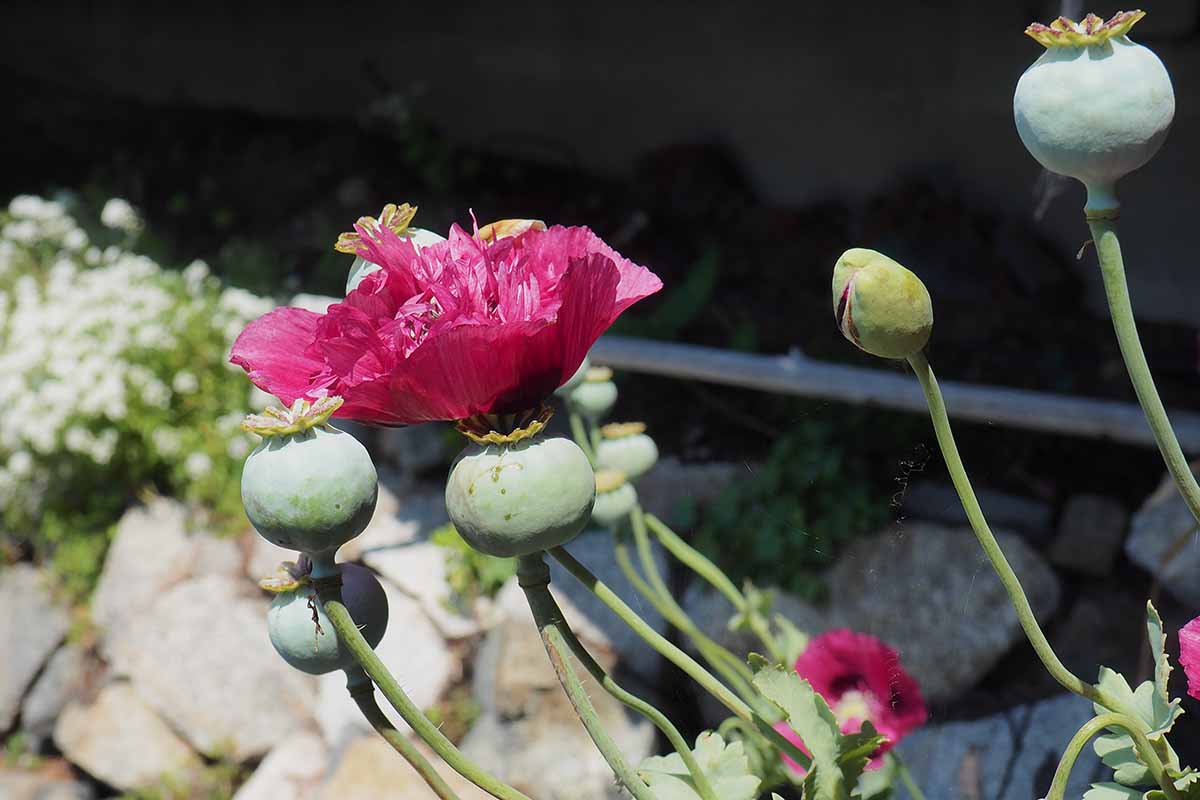

As rapidly as mature seed heads have turned from inexperienced to beige, brown, or grey, accumulate flower seeds by chopping seed heads from the stalk.
Separate the seeds from the chaff and place in small, lidded containers or paper envelopes – take into accout so far and label them!
Retailer in a cool, darkish, and dry drawer or cabinet till planting time subsequent yr.
2. Deal with Containers
Because of the rising season wears on, container vegetation are typically the primary to stage out indicators of warmth fatigue, with leggy vegetation, fewer blooms, and drained foliage.
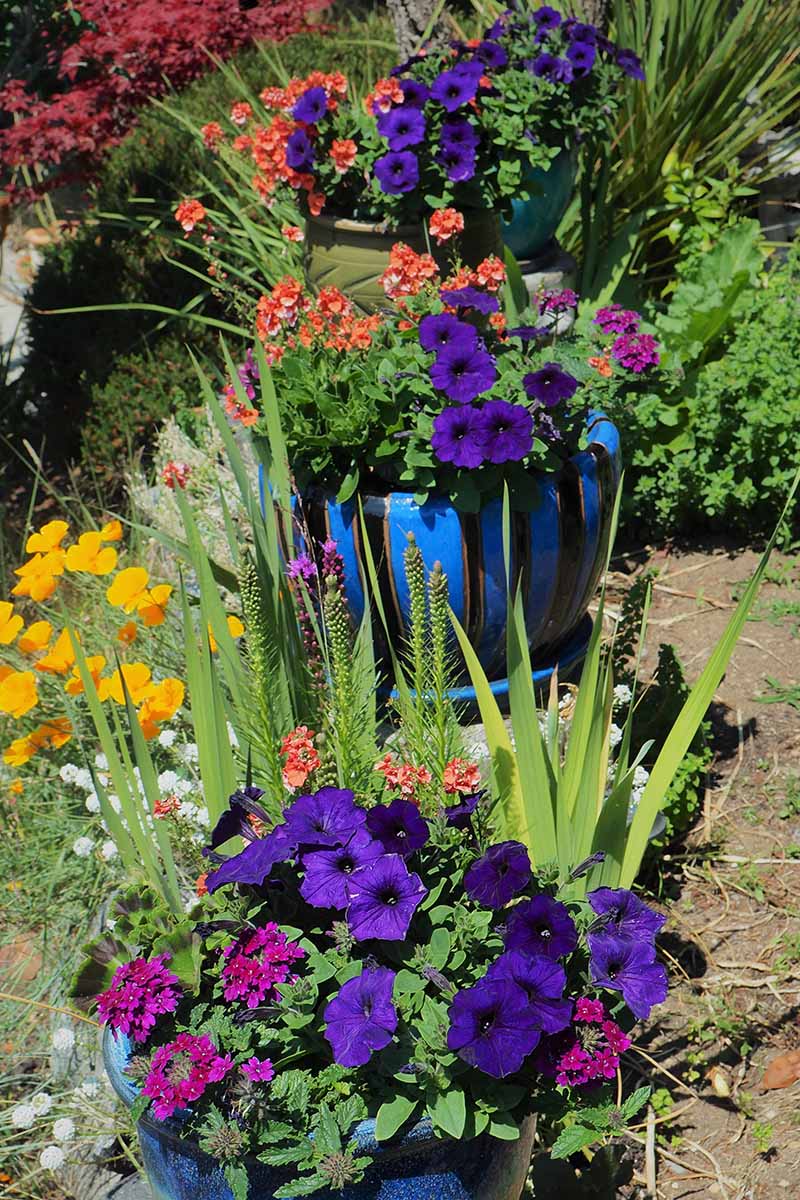

To care for your planters vibrantly vibrant for the entire season, guarantee they’re watered usually and proceed to fertilize by way of the entire rising season as outlined in our six easy methods to care for your containers attempting good.
For potted veggies like cucumbers, tomatoes, peppers, and so forth, frequent watering and feeding are vital for an ample harvest – research our information to rising greens in containers for the entire small print.
3. Lower As soon as extra Evenly
When perennials begin to look raggedy or overgrown late contained in the season, a lightweight trim can revive appearances.
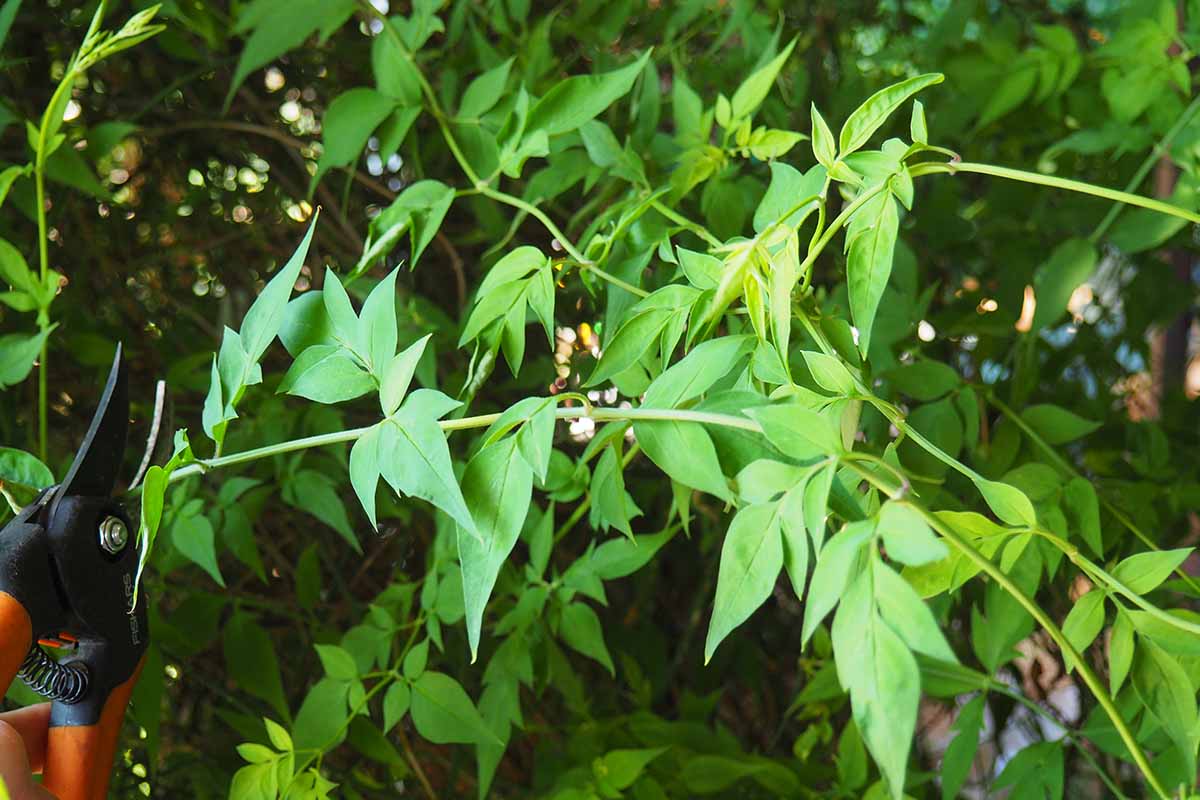

Lower away lifeless or dying branches and spent flower stalks, and trim out brown or wilted foliage.
For extended, unruly stems, head as soon as extra this yr’s enchancment by as so much as one-third. Nonetheless use a lightweight contact and avoid pruning arduous late contained in the season due to it encourages new enchancment.
New enchancment that hasn’t hardened off is additional merely broken by frost and freezing temperatures, which opens the entire plant to damaging chilly hurt.
4. Deadhead Spent Flowers
Many annual and perennial cultivars are bred in order that deadheading isn’t required for the vegetation to rebloom or shield a tidy look.
Nonetheless many sorts that do self-seed income from the frequent elimination of spent flowers, diverting vitality into making additional flowers, not seeds. And deadheading furthermore prevents aggressive self-seeding!
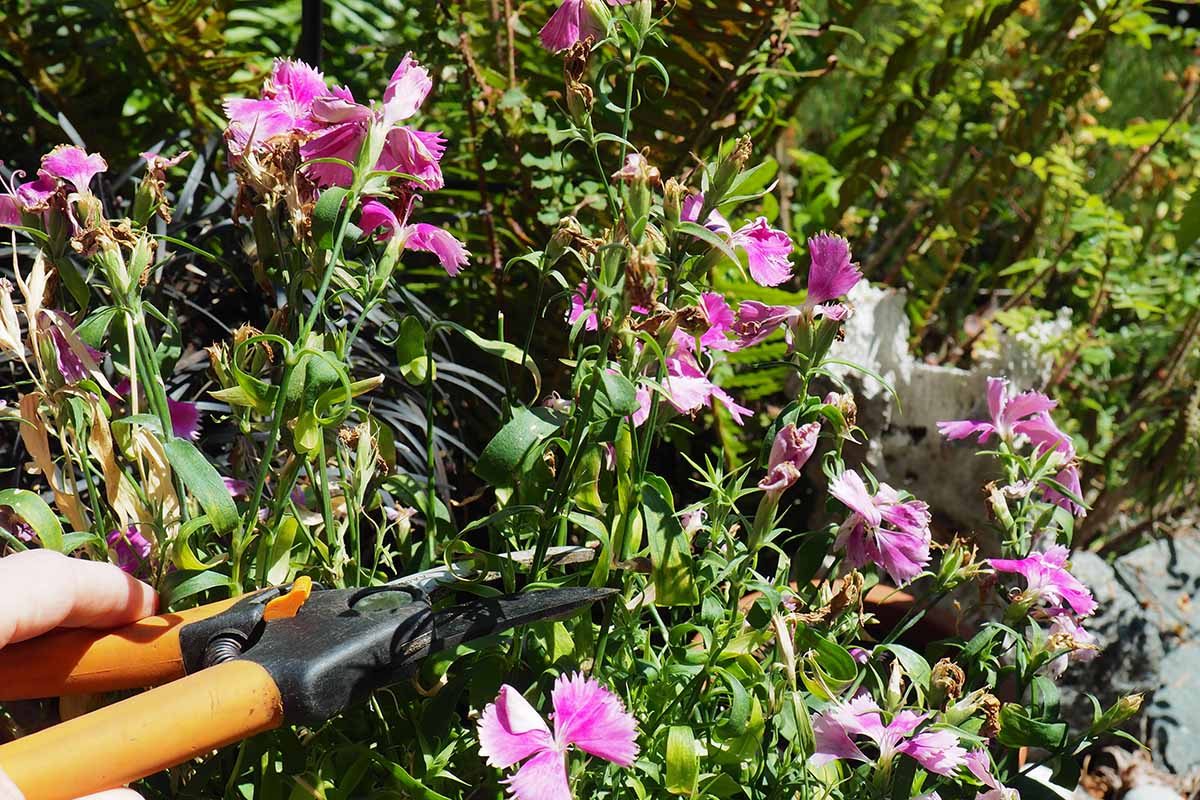

Use clear, sharp shears to snip flower heads weekly, which furthermore encourages a lightweight, late rebloom in quite a few vegetation.
Do you need to do need some vegetation to self-seed, in some other case it’s essential to accumulate seeds, permit a number of seed heads to stay and shake or collect them when ripe. Do you have to’re achieved, deadhead to tidy factors up.
Do you need to’re unfamiliar with the observe, our information on easy methods to deadhead blooming vegetation is an environment friendly place to start out.
5. Divide Perennials
Most perennials are most fascinating divided in spring or fall, due to scorching temperatures would possibly make it strong to determine new roots. Nonetheless there are some that must be divided in late summer season season.
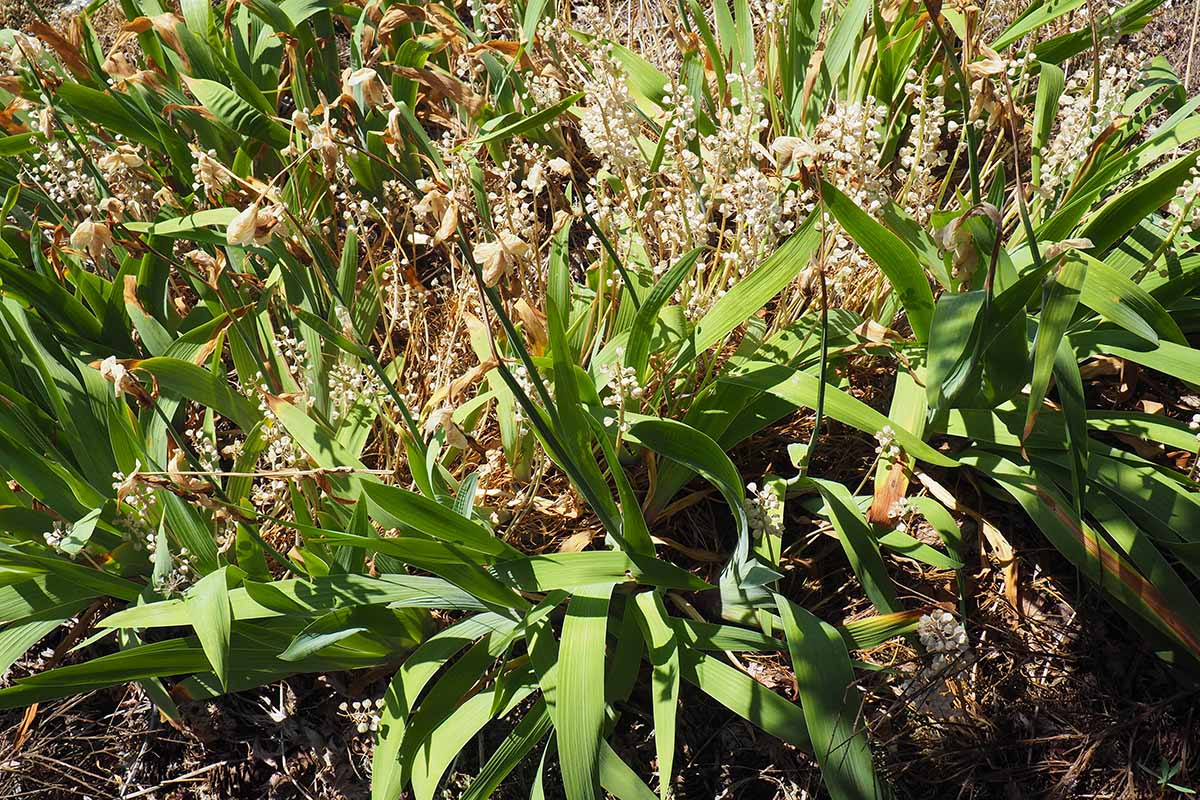

Species very similar to bearded iris, foxtail lilies, and oriental poppies flower in late spring, go dormant in summer season season’s scorching sunshine, after which revive on account of the temperatures cool off. And they also have to be lifted and separated as quickly as they’re dormant.
After flowering, permit the foliage to dry out and die as soon as extra. Water the vegetation efficiently, soaking the roots deeply to make them simpler to carry and break up.
Then observe the steps outlined in guides very similar to easy methods to divide and transplant irises or your complete information to dividing perennials.
After dividing and transplanting, make sure you water divisions efficiently to settle them into their new areas and apply water usually till they’re established.
6. Fertilize Evenly
If late summer season season is scorching and dry in your house, it could be wise to carry off on fertilizing your vegetation.
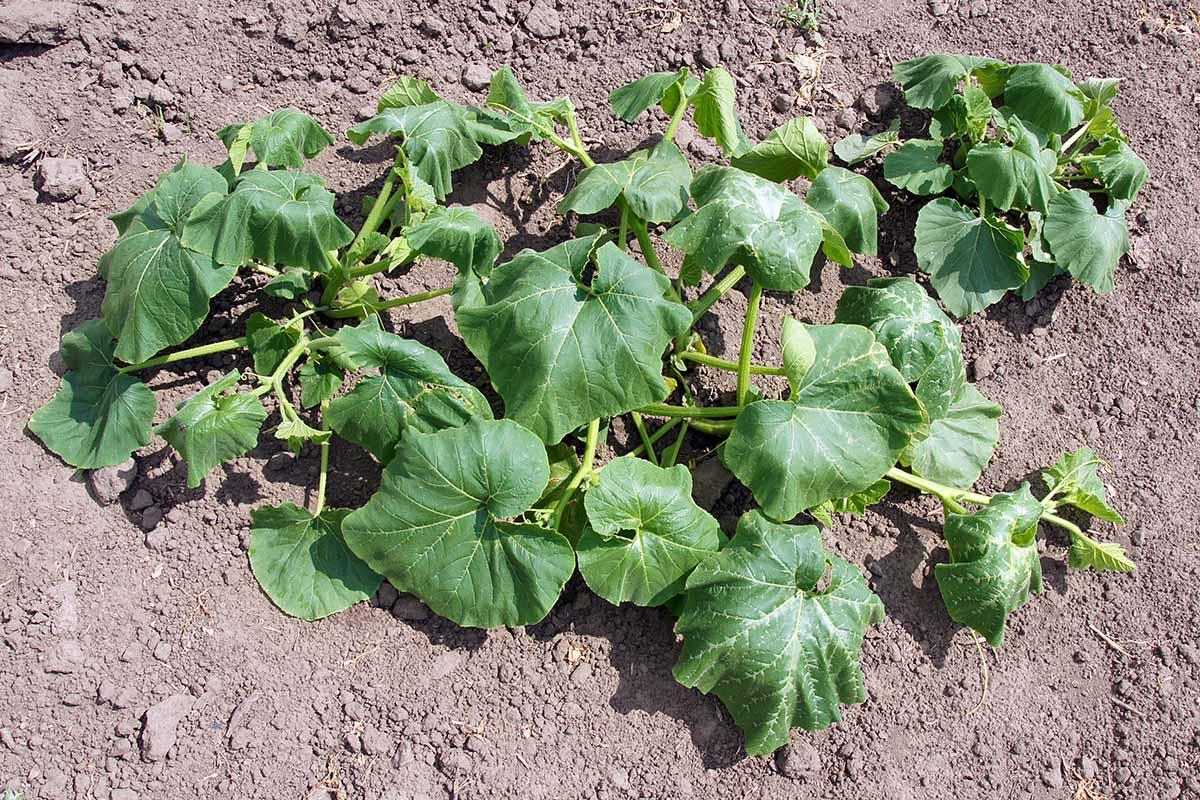

Feeding vegetation already confused from excessive warmth or drought circumstances doesn’t assist to revive them and can set off additional hurt than good – the roots and foliage of weakened vegetation are additional liable to burning from fertilizer salts.
As a substitute, proceed to water heat-stricken vegetation and trim them as soon as extra by one-quarter if wanted, then wait till temperatures cool off late contained in the season before a ultimate feeding.
In any other case you most likely can fertilize flippantly with a one-quarter vitality reply of liquid or water soluble fertilizers however avoid full vitality options.
A basic function fertilizer like AgroThrive pure liquid fertilizer (3-3-2 NPK) is appropriate for lots of vegetation. It’s accessible at Arbico Organics or by way of Amazon.
7. Harvest Summer season season Crops
Reaping your non-public tasty, healthful crops is certainly definitely one in all many highlights of the rising season!
And late summer season season is when the harvest and preservation of herbs, fruits, and veggies goes into full swing.
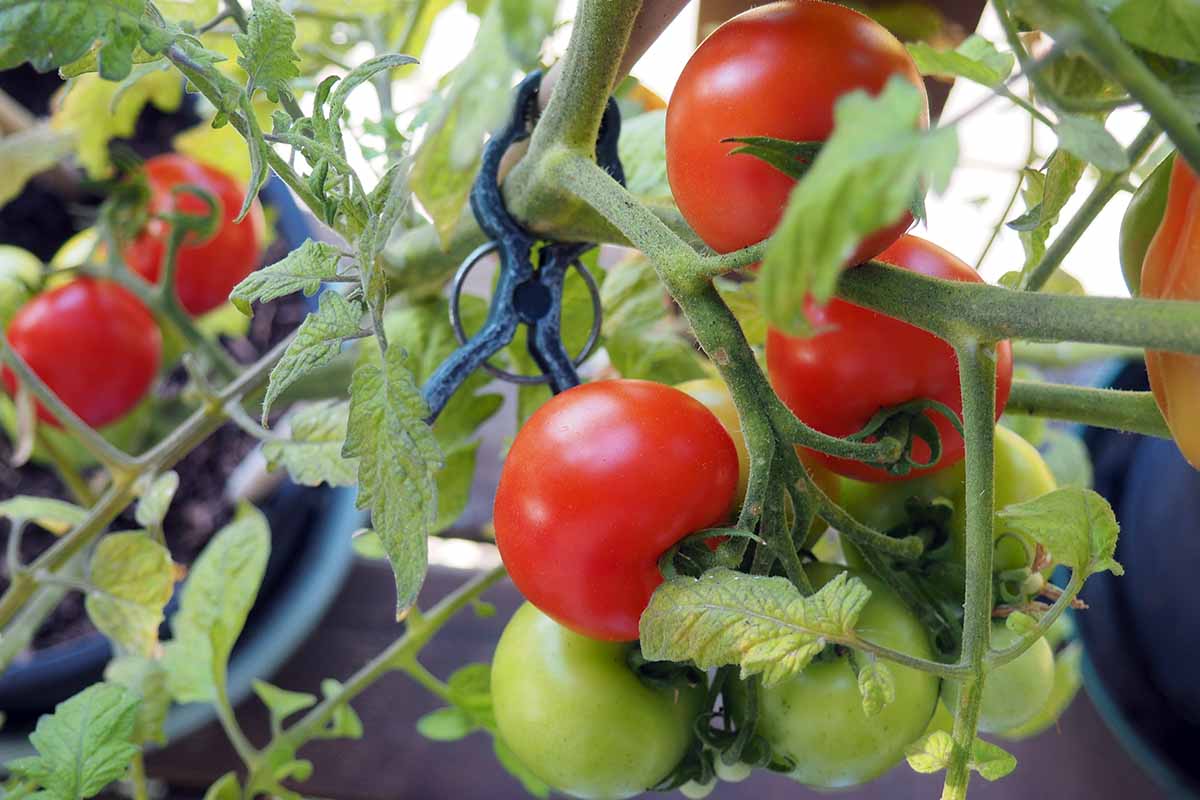

Proceed to pick on daily basis in smaller parts to your personal use and put up surplus parts of produce as frozen meals, dried devices, preserves, or root cellar inventory.
For the premise cellar, reference our many guides, like easy methods to retailer your apple harvest. We even have articles on easy methods to retailer pears, candy potatoes, and pumpkins.
For instructive and inspirational articles on preserving meals, attempt our sister website online, Foodal, for your entire know-how on the most fascinating meals dehydrators, easy methods to start out canning your non-public meals, making jams, jellies, and preserves or pickles, and easy methods to protect newest herbs.
You presumably may even be taught additional about drying tomatoes and dehydrating homegrown produce for long-term storage.
8. Yard Mowing Strategies
To care for your lawns attempting luscious and healthful, improve the chopping peak of your lawnmower blade by midsummer.
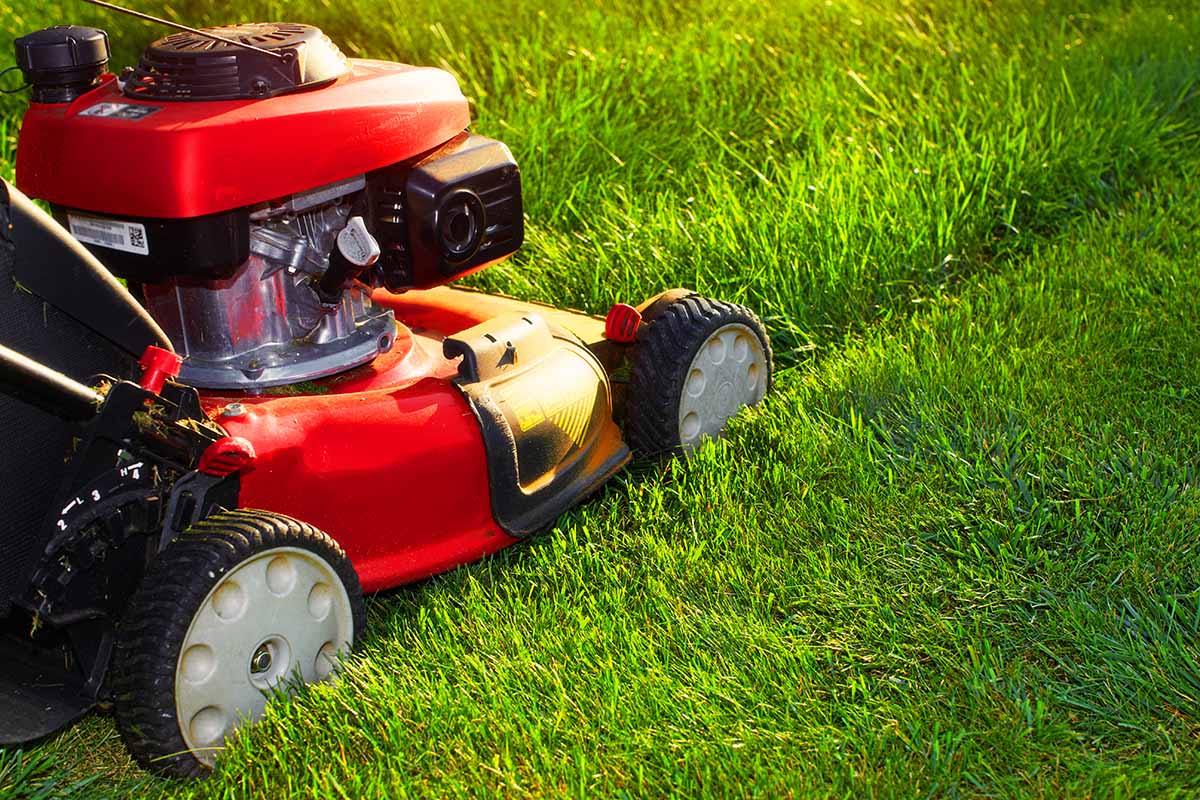

Permitting blades of grass to develop longer helps to care for the roots cool and reduces water evaporation, leading to further healthful vegetation.
Mowing is hectic, and lawns get larger faster when cut back contained in the cool of night time time and certainly not all by way of the afternoon’s warmth.
Furthermore, August and September are good occasions to reseed your turf if it’s watered usually.
9. Mulch for a Cooling Contact
A summer season season mulch is type of a soothing comforter, reducing stress in vegetation by defending the soil temperature down, cooling the roots, and retaining moisture for longer by slowing evaporation.
Many forms of pure offers make a good looking mulch.


Grass clippings, kelp, leaf mildew, pine needles, untreated sawdust, small pine boughs, and straw all work efficiently. Because of the offers decompose, they launch micronutrients into the soil and enhance the soil constructing, or tilth, as efficiently.
And a mulch is setting pleasant for low-maintenance gardens as they protect the weeds down too, reducing your time spent on this onerous course of!
Unfold a two- to four-inch layer of mulch evenly over the premise zone and out to the dripline, however protect offers a few inches away from the crowns and stems of any vegetation liable to elements like crown rot or root rot.
If desired, you most likely can go away your mulch in place over winter to defend roots from chilly hurt, offered there normally aren’t any apparent pest or illness factors.
Or, if no pests are current, pure mulches is maybe dug into the soil in fall.
Should your vegetation have insect or pathogen factors, take away the mulch in autumn and eradicate it inside the rubbish or by burning it. Don’t add it to your compost.
10. Substitute Early-Flowering Annuals
Sure annuals, like pansies, snapdragons, and inventory, flourish and flower contained in the cooler temperatures of spring and late summer season season or fall however produce few flowers in excessive warmth.
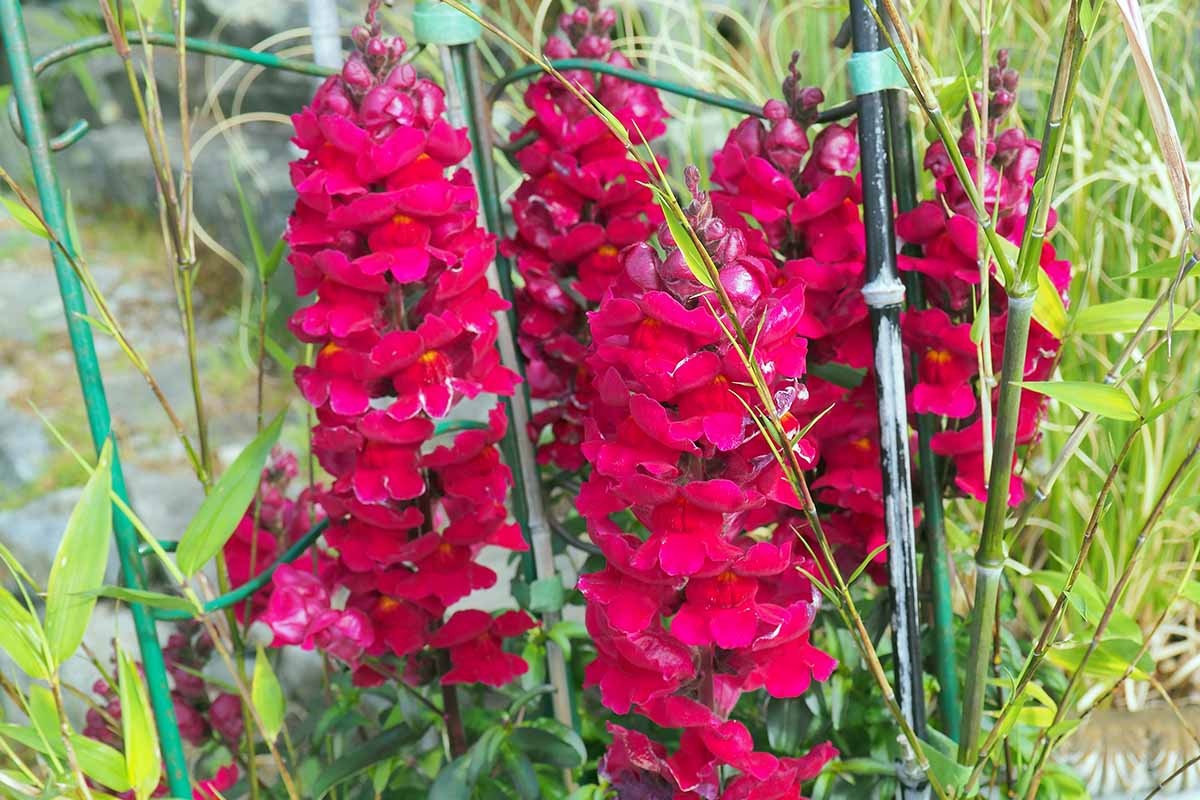

To care for containers and beds vibrant all season, take away early-flowering annuals by midsummer and alternate them with fast-growing warmth lovers, very similar to angelonia, ageratum, coleus, salvia, candy potato vine, and zinnia.
Nonetheless don’t toss the early annuals – cut back them as soon as extra by as so much as one-half and change them correct proper right into a background spot or a container so that you simply most likely can get pleasure from a late-season rebloom as rapidly as temperatures settle down.
11. Self-Seeding for Simple Propagation
Self-seeding is a simple and economical reply to propagate sure annuals, biennials, flowering bulbs, herbs, and perennials.
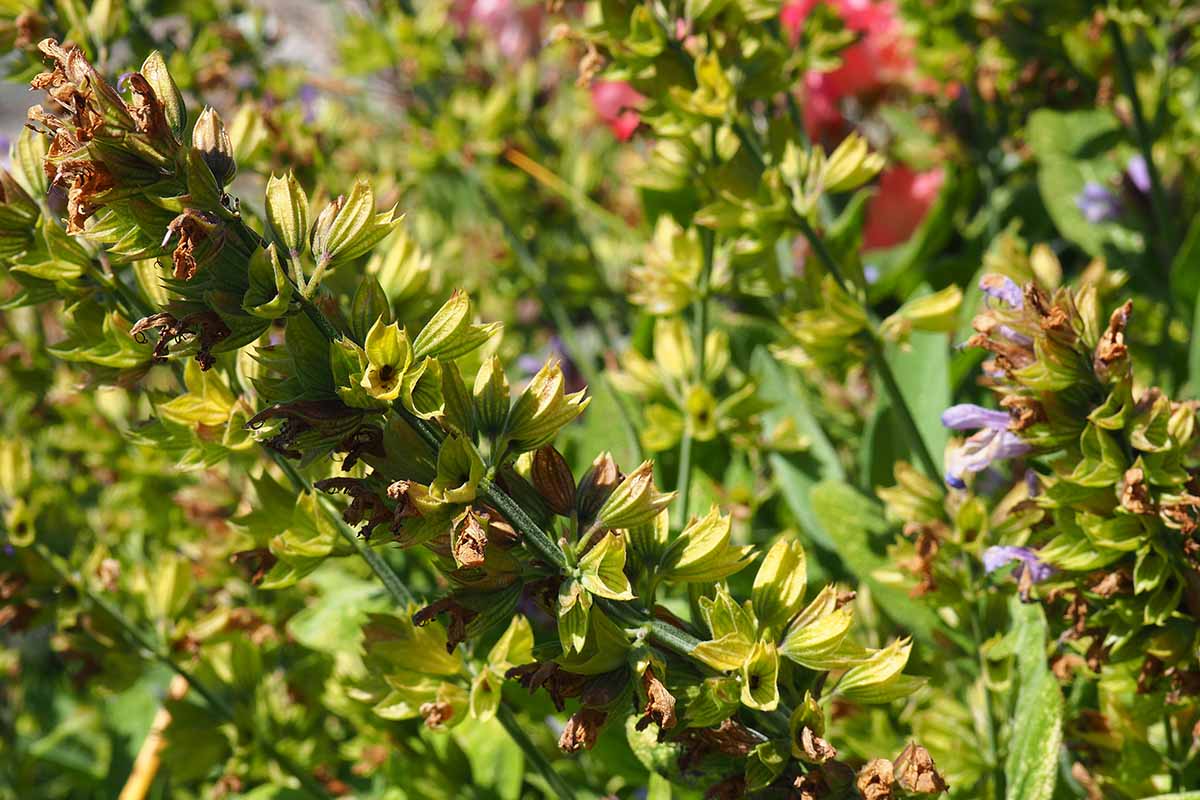

When seedlings seem the next spring, they’re normally left in place or lifted and transplanted to an extra fascinating location as rapidly as they’re about six inches tall.
Species and open-pollinated vegetation are the best decisions for self-seeding due to the seed from many hybrid cultivars obtained’t reproduce true to the mother or father vegetation.
A partial pointers of ample self-seeders consists of:
- Annuals – cosmos, nasturtiums, and snapdragons
- Biennials – foxgloves, poppies, and candy williams
- Bulbs – alliums, crocosmia, and muscari
- Herbs – oregano, parsley, and sage
- Perennials – borage, columbine, and delphiniums
Together with propagating new vegetation, when seed heads are left in place they supply an essential meals present for visiting birds.
12. Set Out Summer season season-Blooming Bulbs
For a shocking punch of late shade, set out summer-flowering bulbs very similar to calla lilies, canna lilies, dahlias, and gladiolus.
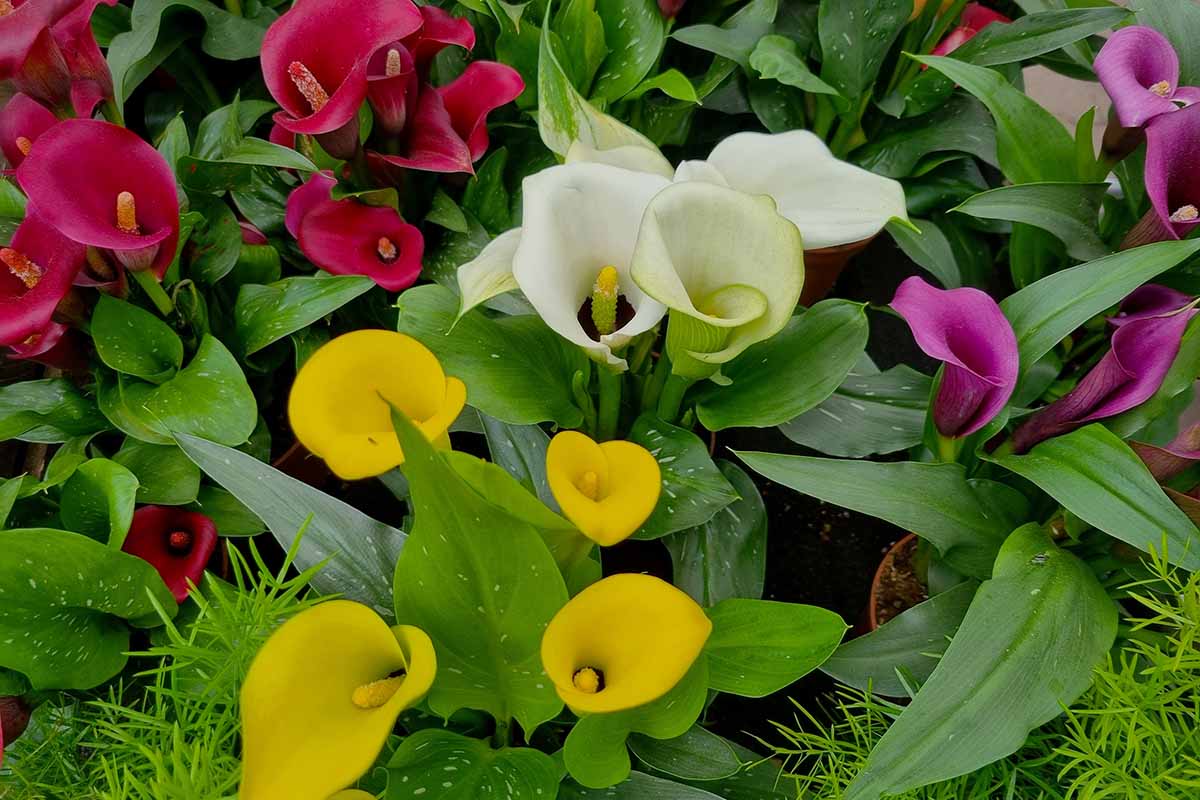

Most of those vegetation are chilly tender, in order that they’re usually planted in beds and borders in mid- to late spring in spite of everything hazard of frost has handed.
Or they’re normally potted up early in non eternal containers to start out rising in a protected website online, then planted out when spring-flowering bulbs like daffodils and tulips have achieved and died as soon as extra.
13. Begin Cool-Season Crops
Mid- to late summer season season is the right time to plant late-season, cool-weather crops which might be harvested in autumn, or overwintered and picked early the next spring.
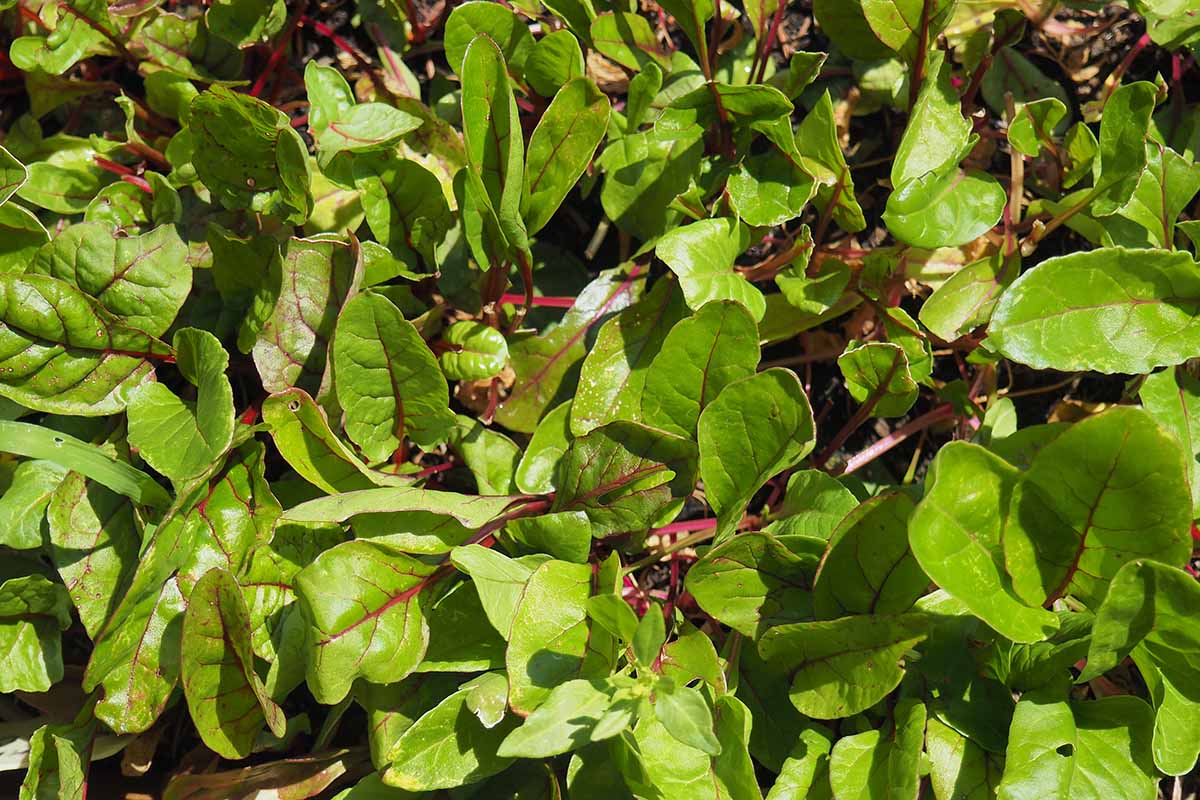

Nice late-season veggies embrace broccoli, beets, Brussels sprouts, cabbage, carrots, cauliflower, kohlrabi, leeks, radishes, and scallions, plus many leafy greens as efficiently, together with arugula, collards, kale, lettuce, mustard, spinach, and Swiss chard.
Some greens, like Brussels sprouts and kale, get pleasure from and even income from a contact of frost, however many leafy greens will blacken from frost.
A easy reply to increase the autumn season is to add a floating row cowl, which effectively protects tender foliage in course of nippy temperatures.
14. Stir and Water Compost Bins
By summer season season’s finish, there’s a substantial amount of new provides in yard composts bins.
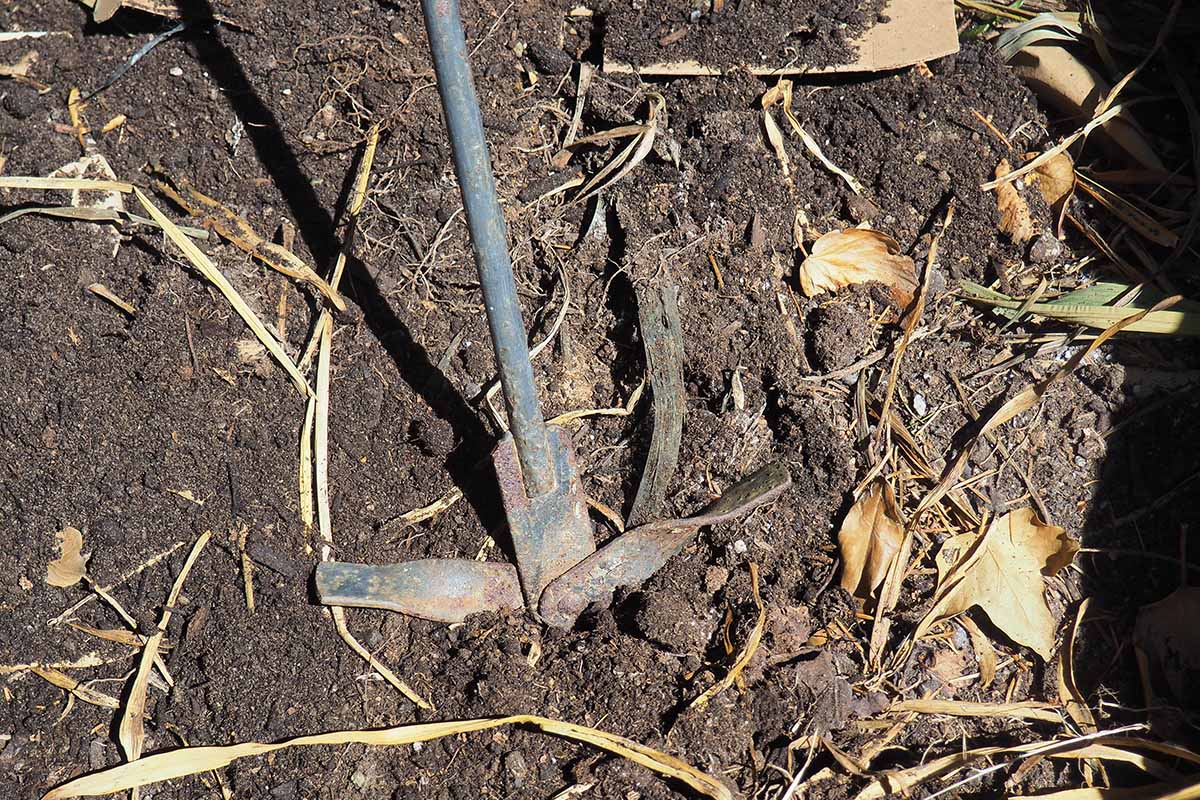

In case your bins have fairly a number of new inexperienced offers like grass clippings and pruned foliage, add a skinny layer of soil excessive.
This helps to hurry up the breakdown course of and develops a pleasant humusy base to help contained in the breakdown of dry brown offers that are added later in fall.
For bins with no new offers which might be already decomposing to be used subsequent spring, use a yard fork or compost auger to loosen and aerate. This permits air and water to percolate evenly all by the layers for even, thorough decomposition.
And all bins have to be watered in scorching, dry spells – water is required for micro organism and bugs to point waste offers into yard gold!
Do you need to’re new to this observe, make sure you attempt the fundamentals of composting.
15. Look ahead to Pests and Illness
Together with weeding, monitoring for pests and indicators of illness must be maintained for the entire rising season.
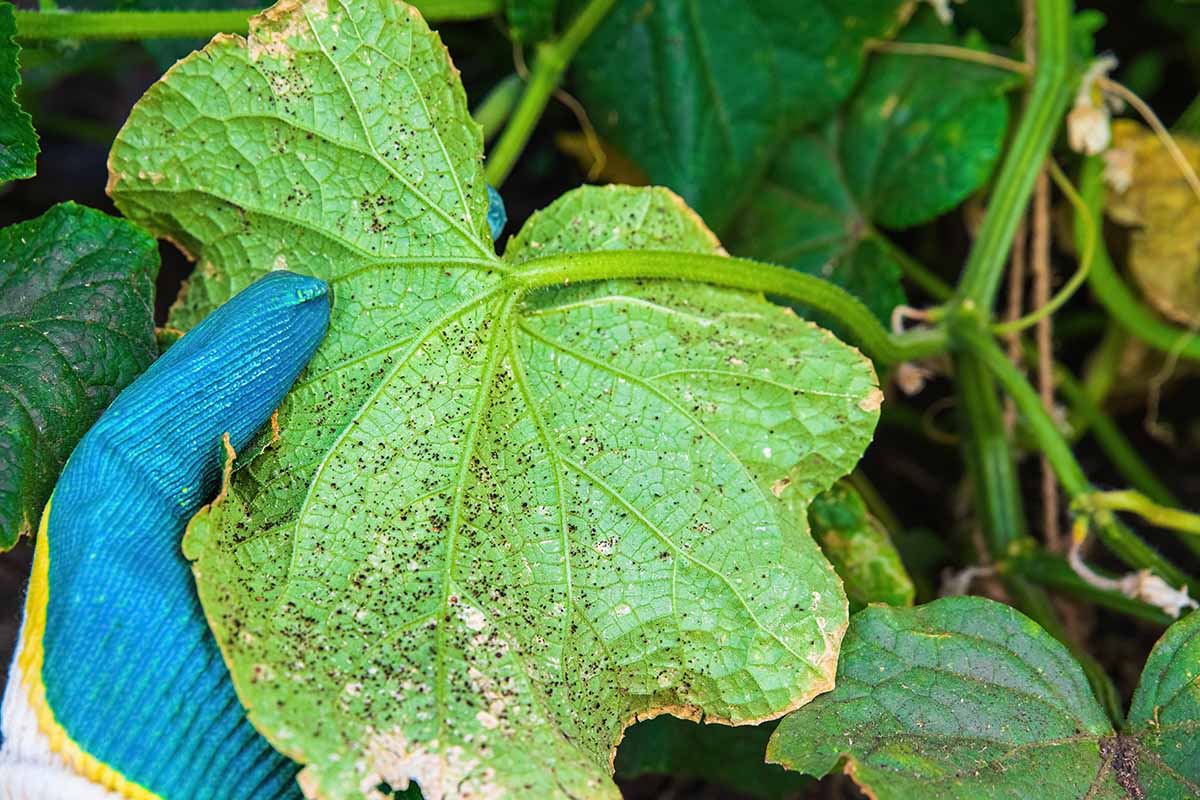

Look ahead to the appears of hot-weather pests like aphids, cutworms, and spider mites, and pathogens like blight, powdery mildew, and rust.
Take away bugs manually with a sturdy spray of water from the hose, or address with pure pesticides like neem oil, which can even be setting pleasant in course of many pathogens.
To assist forestall factors from occurring, guarantee vegetation are spaced for ample air circulation, water usually, and plant in well-draining soil.
You will uncover Bonide Neem Oil in pint, quart, and gallon sizes at Arbico Organics.
16. Water On
Few factors can flip a lush yard to tatters quicker than a scarcity of water.
In quite a few areas, rainfall is insufficient in late summer season season. Most annuals and perennials want a median of 1 inch of water per week.


Lawns and turf must be watered incessantly in scorching native climate to forestall the onset of dormancy, and timber and shrubs usually want about two inches of water per week in dry spells.
Water slowly and deeply to make sure all the inspiration ball receives moisture, which helps roots to develop deep.
Furthermore, avoid watering the foliage to inhibit the unfold of pathogens. A drip or soaker irrigation system on a timer is a simple and economical reply to full your weekly watering duties.
For concepts that work most fascinating to your yard, make sure you be taught up on hydrating your panorama.
17. Weed Prior to They Seed
One subject a gardener can frequently depend upon is the troublesome, frequent, and chronic look of weeds…
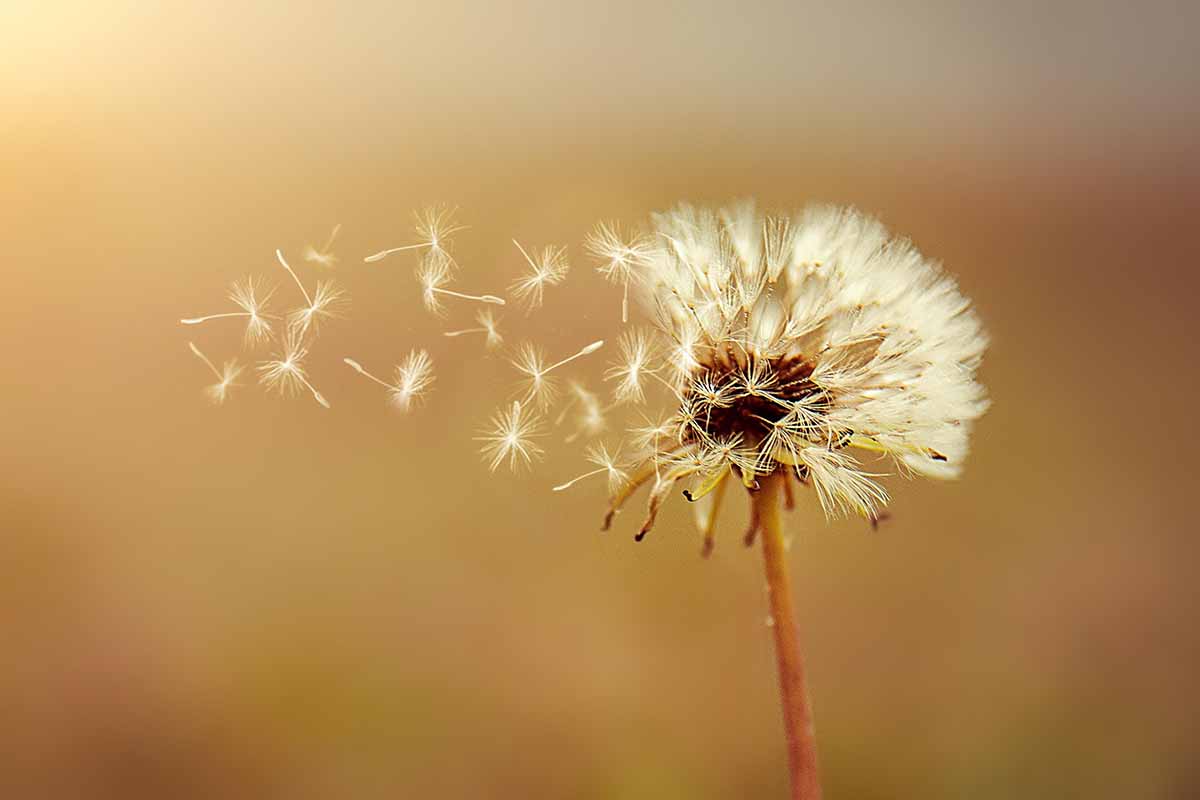

They thrive in scorching temperatures, shortly stealing dietary nutritional vitamins, daylight, and water from the vegetation you wish to develop!
To care for weedy enchancment in research, schedule pulling weeds usually as quickly as they’re youthful and small. Get out there available on the market and full this course of weekly if potential.
Should you’ll’t get at them usually, make sure you take away yard weeds before they set seed. A single dandelion plant can produce as so much as 2,000 seeds – a possible state of affairs many gardeners wouldn’t wish to look after!
Our information on easy methods to spend so much a lot much less time weeding has many useful ideas.
The Discuss of the Neighborhood
A couple of easy practices may also help guarantee your yard stays sturdy by way of late summer season season, and all yr extended!
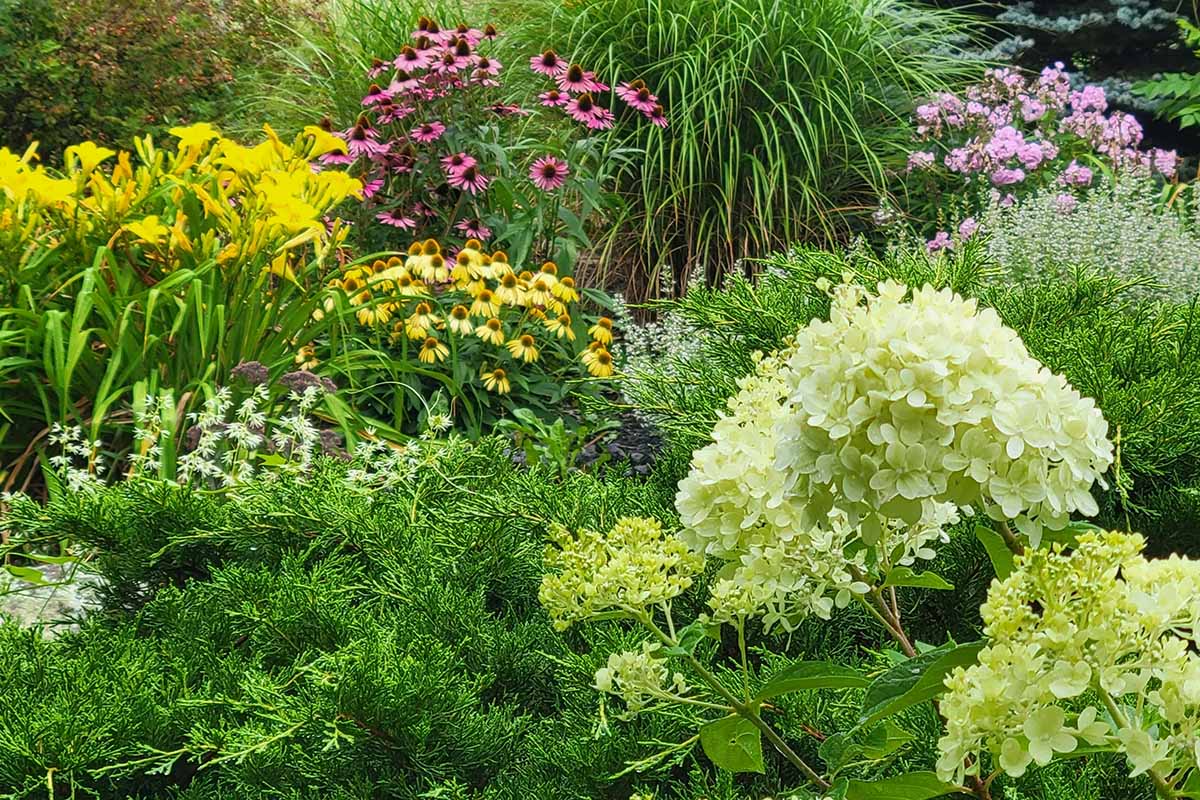

Protect factors cool with a summer season season mulch, and vibrant with late summer season season bulbs.
Stick with it prime of chores like pest patrol, watering, and weeding together with propagation practices very similar to division and seed assortment.
Then get busy at harvest time to protect your produce yields and take into accout to start out cool-season crops to get pleasure from in fall. Your yard will reward you with a unbelievable current that’ll be the converse of the neighborhood!
What’s going to you be sprucing up in your yard this season? Share with us contained in the recommendations beneath.
And for simpler methods to protect your yard in prime kind, attempt the concepts in these guides subsequent:

